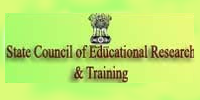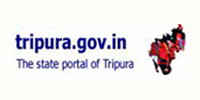State Profile

Area : 10,491.69 sq km
Population : 31, 99,203 ( 2001 census)
Population : 36, 71,032 ( 2011 cencus)
Capital : Agartala
Principal Languages: Bengali & Kokborak
Tripura has a long historic past, a unique tribal culture and a fascinating folklore. The history of Tripura can be studied and understood from 'Rajmala', court chronicle of the kings of Tripura, from accounts of other historians as also from epigraphic, numismatic and archaeological remains. There are references to Tripura even in the epic Mahabharata and Puranas. According to 'Rajmala', the rulers were known by the surname 'Fa' meaning 'father'. There is a reference to rulers of Bengal helping Tripura kings in the 14th century. Kings of Tripura had to face frequent Mughal invasions with varying successes. They defeated the Mohammedan Sultans of Bengal in several battles. Nineteenth century marked the beginning of the modern era in Tripura, when king Maharaja Birchandra Kishore Manikya Bahadur modelled his administrative set-up on the British India pattern and carried out various reforms. His successors ruled Tripura till 15 October, 1949, when the princely state merged with the Indian Union. Initially, a part 'C' state, it became a centrally administered territory with the reorganisation of states in 1956. In 1972, Tripura attained the status of a full-fledged state. Tripura is strategically situated between the river valleys of Myanmar and Bangladesh. Encircled almost on three sides by Bangladesh, it is linked with Assam and Mizoram in the North-East.







